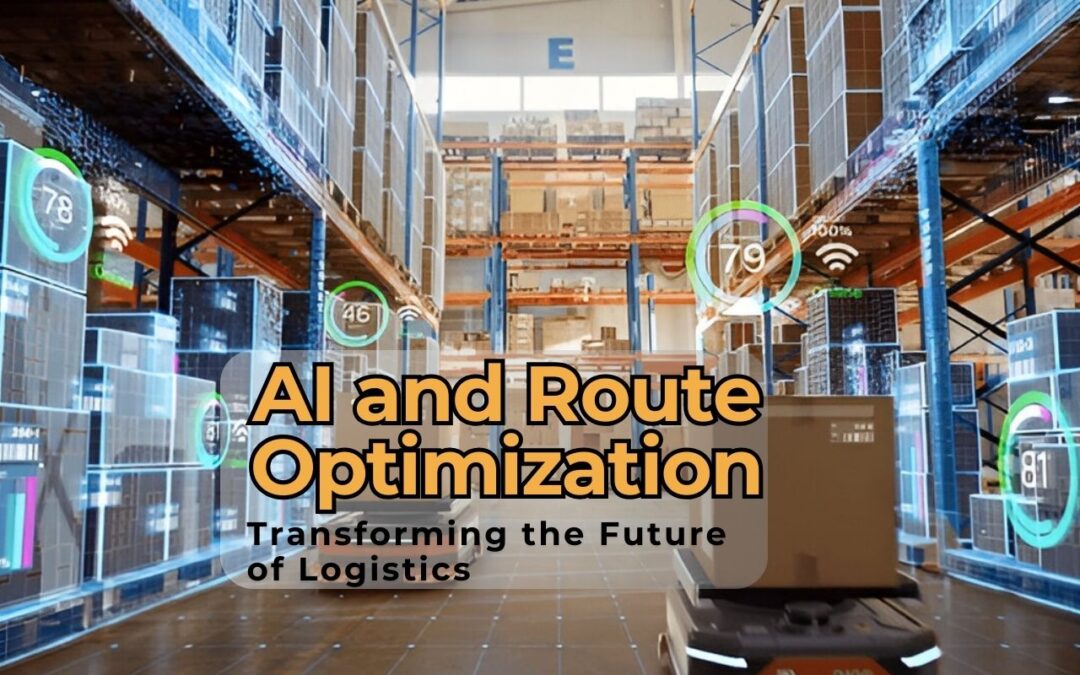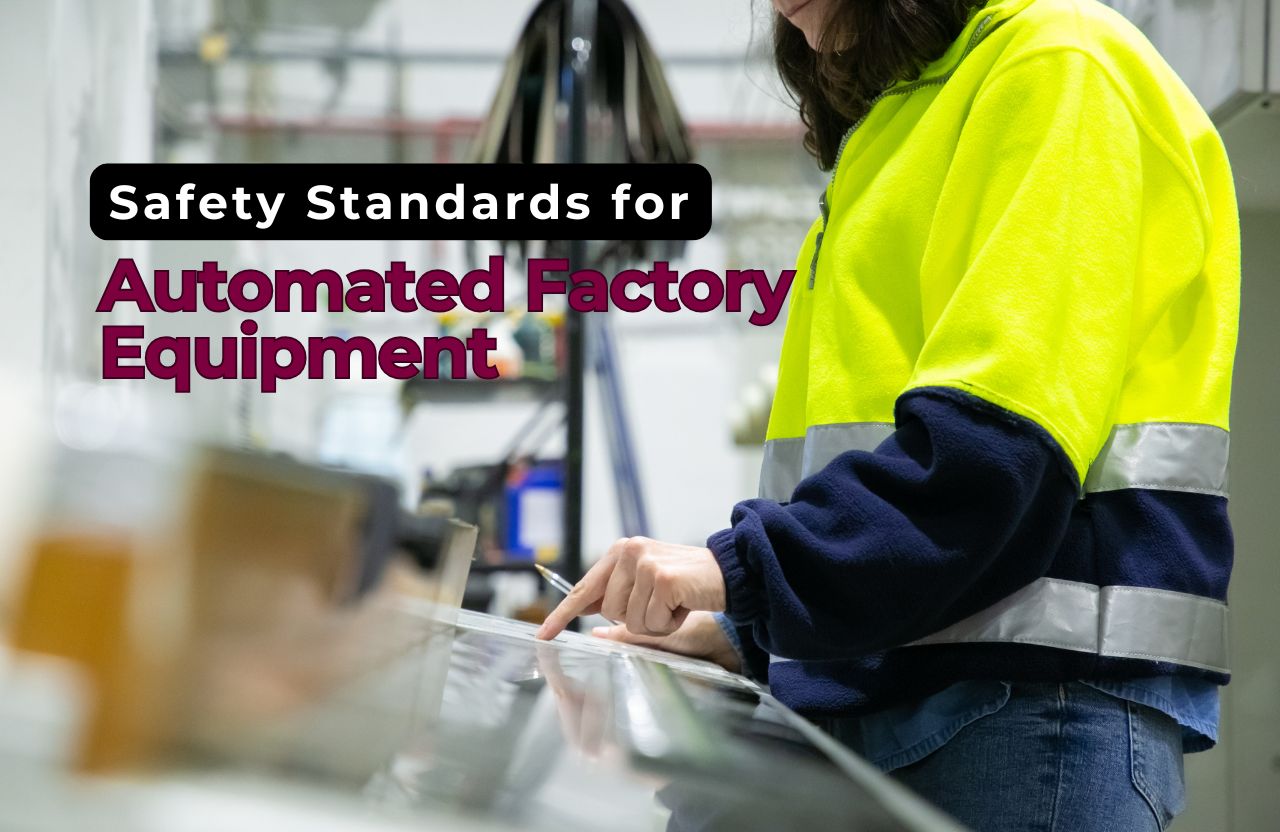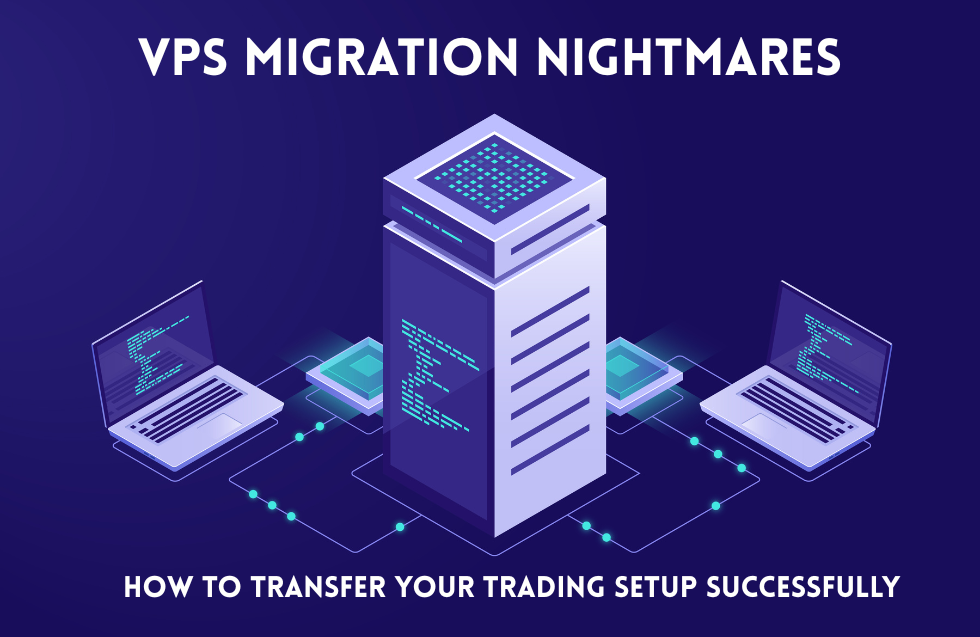The logistics industry has long been the backbone of global commerce, ensuring that goods move efficiently from manufacturers to consumers. Yet, as the world becomes increasingly interconnected and consumer expectations rise, traditional logistics operations face mounting challenges. Enter Artificial Intelligence (AI) and route optimization—technologies that are not only revolutionizing logistics but are also reshaping the future of supply chain management.
The Logistics Landscape: Why Change Was Inevitable
Today’s logistics networks are immensely complex. They must account for fluctuating fuel prices, diverse regulatory requirements, real-time traffic conditions, and environmental sustainability goals. For instance, Statista estimates that global supply chain disruptions have increased by 67% since 2020, emphasizing the need for agile and efficient systems.
Additionally, e-commerce growth has skyrocketed, with global e-commerce sales surpassing $5.7 trillion in 2022. This surge has fueled the demand for faster, more reliable deliveries, pressuring logistics providers to optimize operations and reduce costs. In this high-stakes environment, AI-powered route optimization emerges as a game-changing solution.
What is AI-Powered Route Optimization?
AI-powered route optimization involves using machine learning algorithms and real-time data to determine the most efficient routes for deliveries. Unlike traditional route planning systems, which rely on static data, AI considers multiple dynamic factors:
- Real-time traffic patterns
- Weather conditions
- Vehicle capacities
- Delivery time windows
- Fuel consumption metrics
These AI-driven systems continuously learn and adapt, providing logistics companies with actionable insights to streamline operations and improve decision-making.
The Business Case for AI in Route Optimization
1. Cost Savings
One of the most compelling benefits of AI-powered route optimization is its potential for cost reduction. A report by McKinsey found that route optimization could cut fuel costs by up to 20%, translating to billions of dollars in savings annually for the industry. For example, UPS’s ORION system, which optimizes delivery routes, has saved the company over 10 million gallons of fuel annually since its implementation.
2. Enhanced Delivery Speed and Customer Satisfaction
In the age of same-day delivery, speed is king. AI helps logistics providers minimize delays by predicting and avoiding bottlenecks. This ensures faster delivery times and enhances customer satisfaction. According to a PwC survey, 88% of consumers are willing to pay more for same-day or faster delivery, highlighting the competitive edge that optimized routing offers.
3. Sustainability Gains
Sustainability is no longer optional for logistics companies. AI’s ability to reduce fuel consumption not only cuts costs but also lowers carbon emissions. A report from the World Economic Forum suggests that optimizing last-mile delivery through AI could reduce CO2 emissions by 30% in urban areas.
4. Improved Fleet Utilization
Efficient fleet management is critical for profitability. AI ensures that vehicles operate at optimal capacity and reduces empty miles (when trucks travel without carrying goods). This maximizes resource utilization and minimizes wear and tear on vehicles.
Real-World Applications of AI in Logistics
1. Dynamic Rerouting
AI systems can provide dynamic rerouting options in response to real-time conditions. For instance, if an accident causes a major traffic jam, the system can instantly redirect drivers to avoid delays. Companies like FedEx and DHL have integrated such solutions, enabling them to adapt quickly to unexpected disruptions.
2. Predictive Maintenance
AI doesn’t just optimize routes; it also monitors vehicle health. Predictive maintenance systems use AI to analyze data from sensors embedded in vehicles, identifying potential issues before they become critical. This reduces downtime and ensures smoother operations.
3. Last-Mile Delivery
The last mile is often the most expensive and time-consuming segment of the logistics chain, accounting for up to 53% of total shipping costs. AI-driven route optimization tools are transforming last-mile delivery by creating hyper-localized routes and minimizing delivery times. Amazon’s investment in AI and machine learning for its delivery network has been pivotal in maintaining its dominance in the e-commerce space.
4. Autonomous Vehicles and Drones
The integration of AI with autonomous technologies is pushing the boundaries of logistics innovation. Self-driving trucks and drones equipped with AI-powered navigation systems promise faster, safer, and more efficient deliveries. For example, Waymo’s autonomous freight trucks are already conducting test deliveries across the U.S., while Zipline’s drones have revolutionized medical supply delivery in remote areas.
Challenges and Limitations
While the benefits of AI-powered route optimization are undeniable, its implementation is not without challenges:
- High Initial Investment: Deploying AI systems requires significant capital, which may be a barrier for smaller logistics companies.
- Data Privacy Concerns: The use of real-time data raises questions about data security and privacy compliance.
- Technological Complexity: Integrating AI with existing legacy systems can be a daunting task, requiring specialized expertise.
- Regulatory Hurdles: The adoption of autonomous vehicles and drones faces stringent regulatory scrutiny in many countries.
The Future of AI in Logistics
Despite these challenges, the trajectory of AI in logistics is clear. Analysts predict that the global market for AI in supply chain and logistics will grow from $5 billion in 2023 to over $20 billion by 2030, with a compound annual growth rate (CAGR) of 21%.
Emerging trends include:
- Hyper-Personalization: AI will enable logistics providers to offer tailored delivery experiences, such as personalized time slots and packaging options.
- Collaborative Logistics: Shared logistics networks powered by AI will allow companies to pool resources, reducing costs and environmental impact.
- Blockchain Integration: Combining AI with blockchain technology can enhance transparency and traceability in logistics operations.
- Green Logistics: AI will play a pivotal role in achieving carbon-neutral logistics by optimizing energy use and promoting the adoption of alternative fuels.
Conclusion
AI-powered route optimization is more than just a technological advancement; it is a transformative force reshaping the logistics industry. From cost savings and improved efficiency to sustainability and customer satisfaction, the benefits are far-reaching. While challenges remain, the rapid pace of AI innovation and adoption suggests that these obstacles are surmountable.
For businesses in the logistics sector, the message is clear: Embracing AI is no longer optional but essential for staying competitive in an increasingly digital and demanding world. As AI continues to evolve, the future of logistics looks not only smarter but also more sustainable and customer-centric than ever before.












